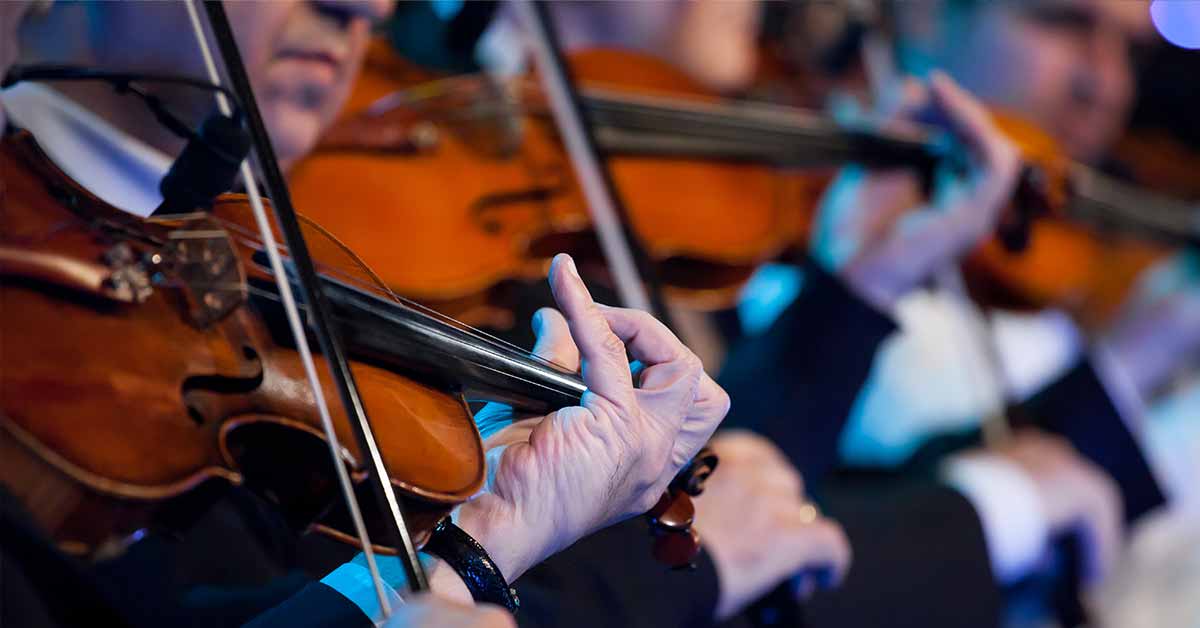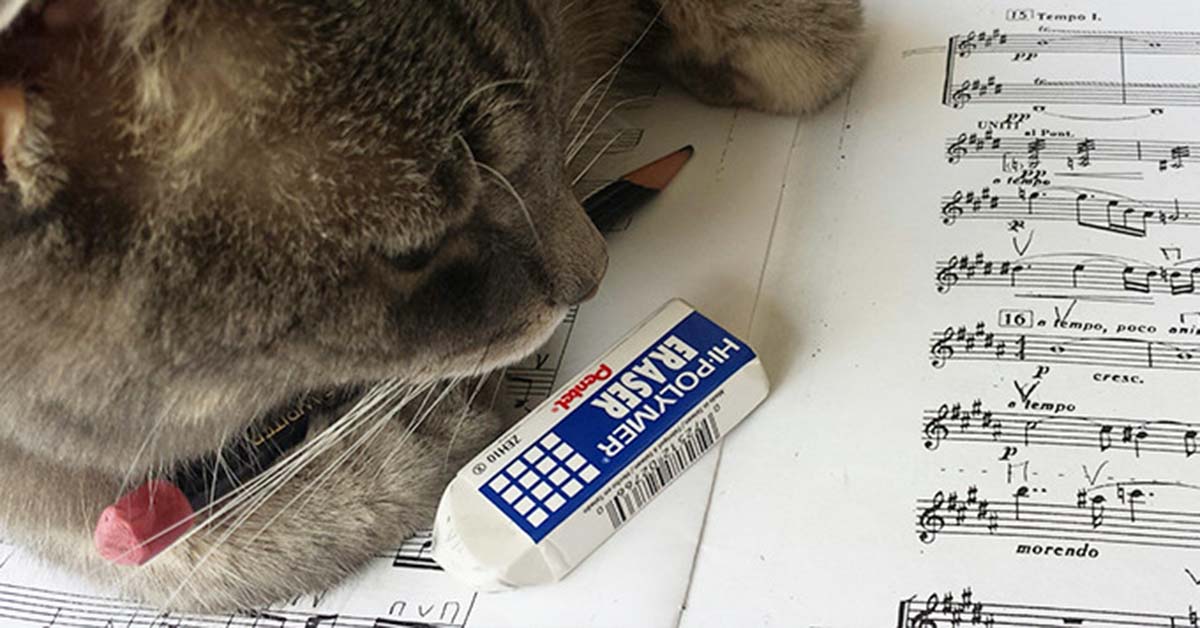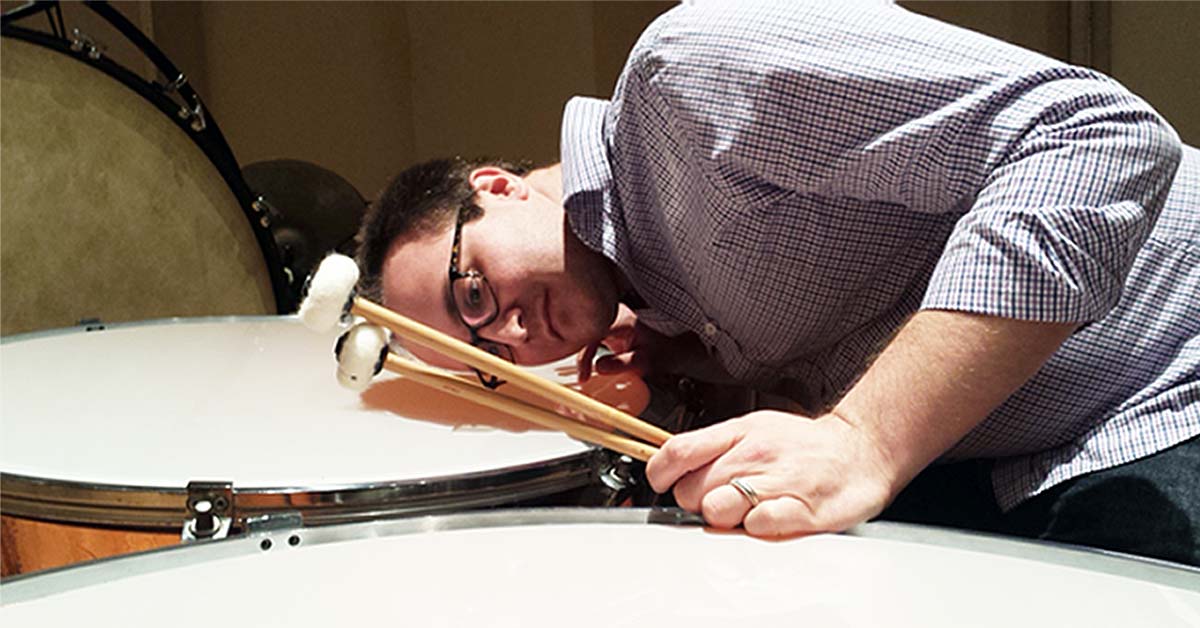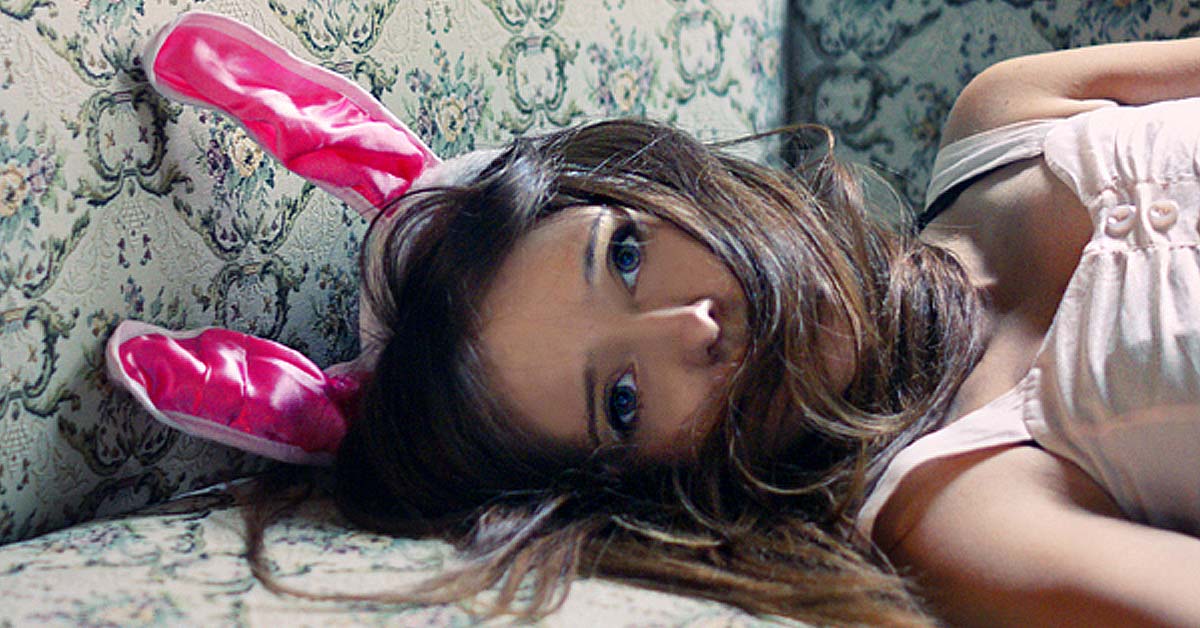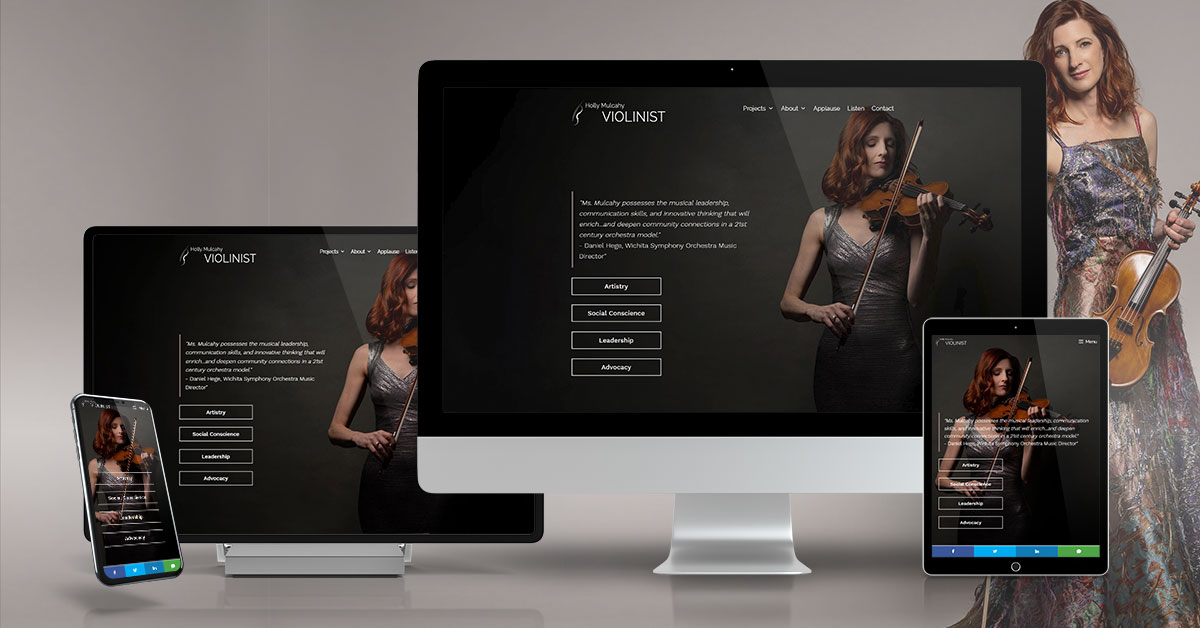What would happen if audiences were invited to participate in the planning of programming for orchestras? Many people would say this could be disastrous! After all, wouldn’t this be a path to all Beethoven concerts? (um, we have already done this without audience input!)
There are assumptions and biases about audiences and what they will like and want to buy tickets for. It’s pretty much a fact that most people will have heard of Beethoven, Brahms, or Mozart, and orchestra managers and music directors rightfully know that familiar names will sell tickets (familiarity bias). But has anyone ever offered an audience a choice of lesser known (to them, perhaps) names that might be equally enjoyable concert choices?
There are several fun ways to include an audience in the decision-making process while still considering budget, instrumentation, and conductor’s choice.
If the music director is game to this, they could first pick out a number of works they know an audience would appreciate and enjoy as much as something more familiar. For example, they might have a concert that involves full orchestral instrumentation, so let’s say they pick these works:
- Paul Hindemith’s Symphonic Metamorphosis of Themes by Carl Maria von Weber
- Arnold Schoenberg’s orchestration of Brahms’s Piano Quartet No. 1 in G minor, Op. 25
- Florence Price’s Symphony #3
- Jennifer Higdon’s “All Things Majestic”
The orchestra could then offer two ways of sharing the choices. Either share interesting facts and historical points when they share the composer’s name/work or do a “blind tasting” where no mention of the composer’s name or information is shared.
Orchestras could then offer short 30 second audio clips of selected movements and have a voting link from the social media platforms and newsletters.
This could also be a fun mini fundraiser. I wrote about something similar several years ago where the Chicago Opera Theater offered their patrons a unique opportunity to pick which opera they wanted to hear. For just a buck, people could vote with their wallets among three operas. The winning opera would be performed the following season.
It’s important to involve audiences in some manner, though, whether there is a poll at the end of a season asking what patrons would like to hear in upcoming seasons, an “exit poll” capturing people’s immediate reactions after a concert, or a fun interactive offering of choices curated by a music director.
As many orchestras are fond of saying, “This is YOUR {fill in the blank} Orchestra.” Let’s make it so and build the bridges to do what art is supposed to do by opening sincere lines of communication and shared ownership.



